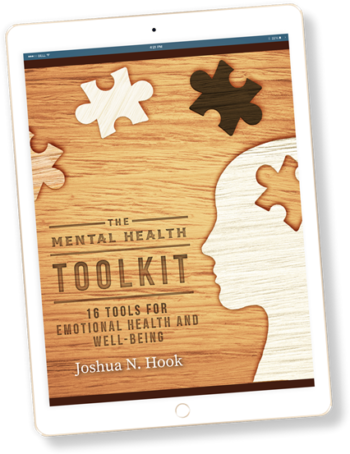Create a Plan
August 31, 2021
Categories: Balance
This post is Part 6 in a 6-part blog series on Balance. (If you missed the first post, you can find it here.)
Now that you have identified an area of your life that is out of balance, and brainstormed what the opposite might look like in that area of your life, how can you make progress toward moving yourself toward a more balanced life?
The 5 S’s of Behavior Change
Making any sort of change in your life can be difficult. But there are some strategies that have been shown to be helpful when trying to implement a change in your behavior. They are easy to remember because they all start with the letter “S”:
- Adjust the surroundings. When people start to think about making a change, they often focus on willpower and changing their own behavior. This is important, but it is also important to think about the environment. Look around you. How might you make your environment work for you rather than against you? For example, if you are trying to lose weight, throw out all the junk food in the house. Don’t even have it around.
- Start small. Some people get really energized about making a change, and try to make a HUGE change right away. This usually sets people up for failure, because they bite off more than they can chew. Instead, start small, with something you know you can do, and build up from there. For example, if you want to start running, don’t go out and try to run 5 miles. Start with 5 minutes, and work up from there.
- Be specific. Sometimes people struggle with making changes because they are too vague with their goals. It’s better to be specific—what exactly are you trying to do and what exactly will constitute success? For example, trying to “improve your relationship with your wife” is too vague. Instead, try to do something specific, like give your wife one affirmation each day.
- Schedule it in. Changing a habit is hard work. It doesn’t feel natural at first. One research study found that it took about 66 days of consistent behavior before something felt like a habit. What that means is that for about 2-3 months, you have to schedule in the behavior change like you would an appointment on your calendar. If you wait until something feels “natural” it will never happen.
- Find your support team. It’s hard to change something on your own. We need people in our corner to cheer for us and keep us accountable. Find someone who can check in with you and ask how you are doing with your goal. Even better, team up with someone who is trying to do the same kind of change, and work together!
Discussion
What do you think about the 5 S’s? How might you use this model to try to get back into balance in the area you identified?

Related Thoughts
One Comment
Leave A Comment

Subscribe To My Newsletter
Join my mailing list to receive the latest blog posts.
Receive my e-book “The Mental Health Toolkit” for free when you subscribe.






Thank you for the series! This is helping me think systematically about my issues and solutions to them.